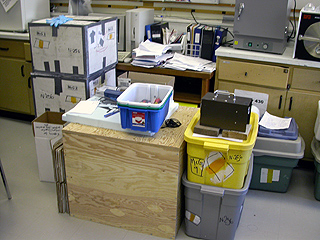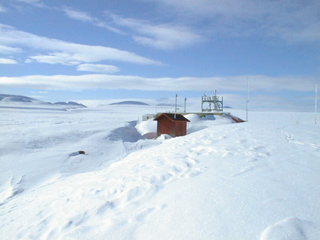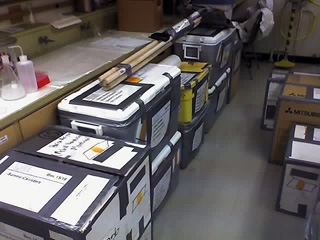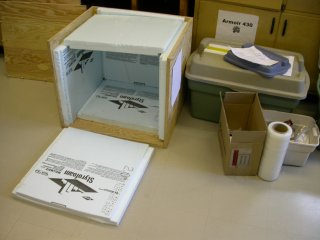This is an excerpt of the planning document and the measurements that I would like to perform:
Chemistry and photochemistry within the snow pack and at the air-ice-water interface are being recognised increasingly as significant contributors to air quality and cloud formation in the lower troposphere, with consequent impact on climate change. Numerous field studies in the last five years have identified the snow pack as a significant source of various chemical species.
This research program addresses the understanding of the emission of organic compounds from the snow pack and transformations at the air-water interface, including the impact of organic (photo-) chemistry. We will collect data on the exchange of VOC species between the atmosphere and snow and monitor the transformation of organic compounds in the snow pack by photochemistry to improve the description of atmospheric boundary layer processes.
Objectives include:
1. The quantification of VOC/semi-VOC in snow and in air. Particular attention will be paid to oxygenated molecules both in snow and air.
2. The measurement of organic aerosols with a multistage impactor for both chemical and (distorted) morphological analysis. Stages are fitted with aluminium substrates and hence direct scanning electron microscopy can be performed.
3. The measurement of bioaerosols in air and snow-embedded aerosols.







